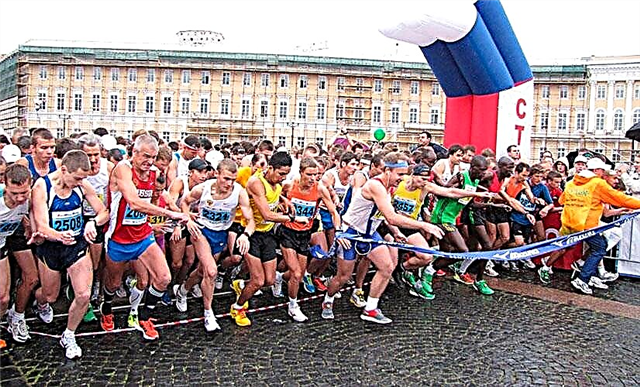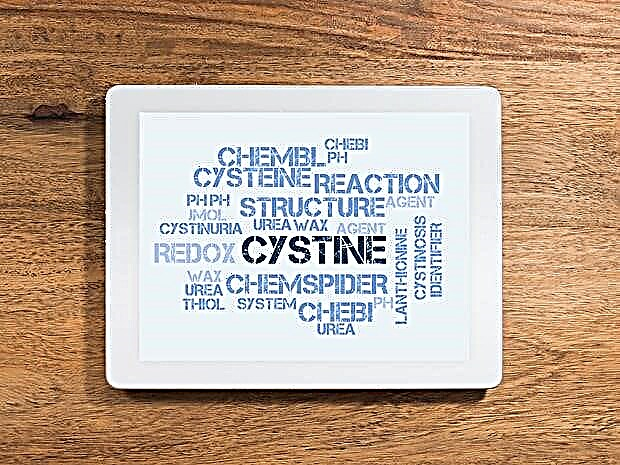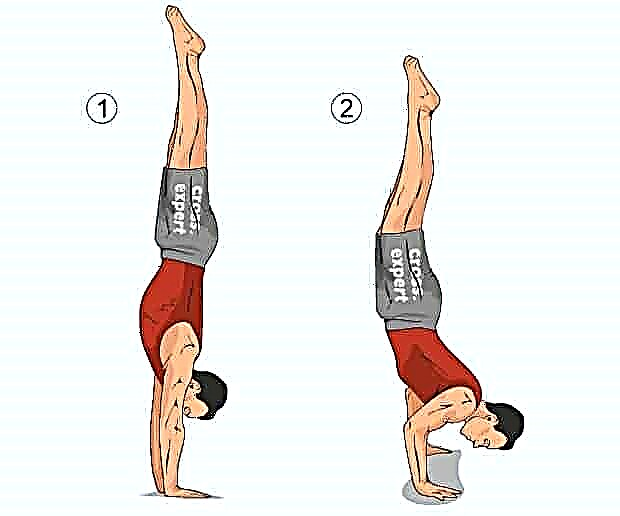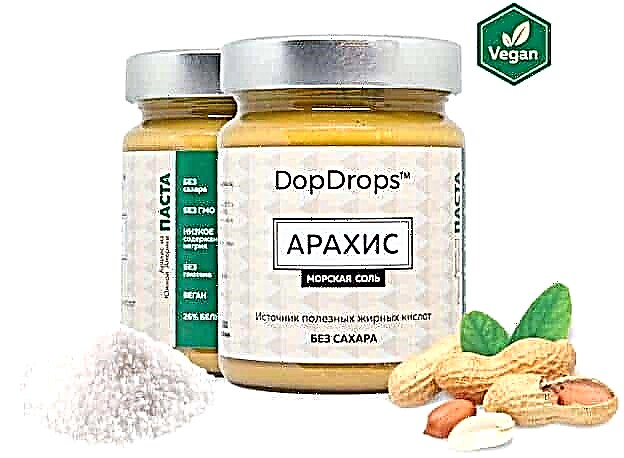When the inguinal ligaments are stretched, the collagen fibers are partially destroyed, which ensure the anatomically correct position of the thigh relative to the pelvis during leg movements. The maximum angle and amplitude of the hip joint deviation depends on their elasticity. Injury occurs when the position of the legs changes, which leads to excessive stress on the ligaments and exceeds the permissible limits for changing their length.
The success of the restoration of working capacity largely depends on how correctly first aid is provided and how soon the treatment is started.
Symptoms
At the time of injury, severe pain occurs, which becomes less pronounced over time. Sometimes it completely goes away and appears only when the position of the hip changes. It all depends on the degree of damage. In severe cases, the mobility of the hip joint is severely limited, there is significant swelling, hematomas appear in the groin area. Internal hemorrhages and a local increase in temperature are also possible. Pain syndrome is also present at rest.
Degrees
Depending on the severity of the damage (the number of destroyed fibers), stretching of the inguinal ligaments can be:
- The first is that there are weak unpleasant sensations when the hip moves. In a calm state, they do not appear in any way. The joint performance is not impaired.
- Second, a more pronounced pain syndrome is observed, which slightly restricts mobility. May be accompanied by edema and superficial hemorrhage.
- Third, there is constant, severe pain. In the area of damage, swelling and hematomas occur. In severe cases, the injury is often compounded by a ruptured groin muscle. The leg partially or completely loses motor and support functions. Symptoms are identical to complete rupture of the ligaments, which is additionally characterized by abnormal mobility of the hip joint.

© Sebastian Kaulitzki - stock.adobe.com
Diagnostics
With mild to moderate trauma, pronounced symptoms can accurately diagnose sprains of the inguinal ligaments. Additional instrumental studies are used in difficult cases. Especially after bruises and falls, as a result of which the cause of damage to the ligaments may be a fracture of the hip or severe dislocation. To clarify the diagnosis, fluoroscopy of the injury site is done.
It is also possible the occurrence of internal hematomas and hemorrhages in the joint capsule. The presence of these complications is determined using magnetic resonance imaging (MRI) or computed tomography (CT).
First aid
At any degree of stretching, it is necessary to immediately lay the victim on a flat surface and ensure a comfortable position of the injured leg - put a soft roller made of scrap materials under the tailbone. Then apply an immobilizing bandage made of elastic bandage or a suitable dense material to the area of the hip joint. To relieve pain and reduce swelling, periodically apply a cold object or compress to the affected area. Do not expose the groin area to cold for a long time in order to prevent hypothermia of the nearby internal organs. In case of severe pain, give the victim an analgesic.
In severe cases, with acute symptoms and suspicion of a ligament rupture or a fracture of the femoral neck, complete immobilization with a splint or other available materials is necessary.
To clarify the diagnosis and the purpose of treatment, the injured must be urgently delivered to a medical institution.
Treatment
Even minor injuries to the inguinal ligaments require conservative treatment until the full recovery of working capacity. For this, anti-inflammatory ointments and gels are used. Therapy is carried out at home as recommended by a doctor. Physiotherapy procedures are prescribed on an outpatient basis. Full recovery occurs within 7-10 days.
With sprains of the second degree, partial or complete rest of the injured limb is provided for at least 2-3 weeks. Kinesio taping or splint fixation is performed depending on the severity of the injury. In any case, movement is permitted only with crutches without support on the injured leg.
After removing inflammation and edema (after 2-3 days), physiotherapeutic procedures (UHF, magnetotherapy) are prescribed to speed up the process of ligament recovery. To improve blood circulation and muscle tone, the thigh and lower leg muscles are massaged. At the same time, supportive therapy is carried out to saturate the body with vitamins and microelements. The restoration of the ligaments' performance takes 3 weeks or more.
Treatment of third-degree sprains is carried out in stationary conditions, with complete immobilization of the injured joint. To relieve pain, non-steroidal analgesics and pain relieving ointments are used. Severe cases may require surgery or arthroscopy.
The recovery period depends on the complexity of the injury and the method of treatment. It can last from one to several months.
For mild to moderate sprains, folk remedies can be used to reduce swelling and inflammation, relieve pain, and improve muscle and vascular tone. You can use only proven recipes and you need to be careful about the recommendations of numerous healers on the Internet.
Rehabilitation
Full recovery of the working capacity of the hip joint after a second or third degree sprain is impossible without performing physiotherapy exercises. You should start doing simple exercises immediately after removing the swelling and pain. It is advisable to conduct the first classes under the supervision of a doctor. The amplitude and number of repetitions of movements are gradually increased.
As soon as the legs are ready to support the body weight, it is necessary to start walking. First with crutches and partial foot support. Then gradually increase the load to full. Next, you should give up crutches, start walking and do light squats. You should switch to running, performing lunges and jumping only after complete restoration of the ligaments and surrounding tissues.
Physiotherapy and massage promote the rapid regeneration of collagen fibers and the restoration of the motor functions of the thigh.
Prevention
Inguinal sprains are not the most common household injury. This happens more often when playing sports. It is impossible to exclude the risk of such damage, but you can reduce the likelihood and severity of damage if you follow simple recommendations:
- Always warm up before exercising.
- Maintain muscle tone, elasticity of ligaments and soft tendon joints with daily exercises.
- Use a balanced diet that satisfies all the body's needs for trace elements and vitamins.
- Seek medical help in a timely manner and heal injuries until the damaged organ is fully functional.
Compliance with these rules, of course, will require effort and investment of time, but in many cases it will save you from injury and help maintain health for many years.
Forecast
In ordinary life situations, the inguinal ligaments perform the function of keeping the hip in a normal position and do not experience strong tension. In sports, the situation is completely different - a wide variety of movements in direction and amplitude often forces the hip joints to work to the limit. The ligamentous apparatus is exposed to multidirectional and sharp influences.
Correctly constructed training process provides traumatic performance of exercises and techniques. The risk of sprains increases sharply with a weak warm-up or from an increase in loads with insufficient fitness of the athlete's body. This is typical for amateurs and beginners, overly ambitious athletes.
You can practice sports with pleasure and without injury if you always do a full warm-up, follow the coach's recommendations and follow the rules of safe exercise.









